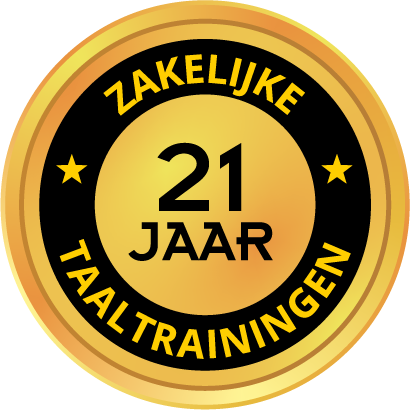
Reading time 2 minutes |
post older than 6 months
CEF of ERK language training, for maximum results
Just what does CEF mean for me? Matching needs and levels to maximise results.
Once you’ve decided to take a language course, it’s understandable why you’d want to start straight away; after all, at the gym, you can just join a class with total strangers and just get on with it. So why do you have to wait to get tested to be given a mysterious CEF level (that frankly, may mean nothing to you at first glance), then have to wait some more while you are sorted into the right class?!
I think most would agree that this comparison is somewhat redundant, and that learning, even practising, a foreign language is somewhat different to physical training. That said, it seems that most do not fully understand just how important the CEF is for language professionals, the employers, and you, the students, both to match your needs and get you into the right class, and to give you an constructive idea of how to progress to the next level.
The Common European Framework of Reference for Languages: Learning, Teaching, Assessment (or CEF as it’s often abbreviated to) was published by the Council Of Europe in 2001. It enables teachers and others to access a standardised framework of learning, teaching and assessing which applies to all European languages. With extensive guidelines that clearly describe language ability in a number of key detailed areas, they show how to progress from, and differentiate between, A1-A2 (Basic User), to B1-B2 (Independent User) to C1-C2 (Proficient User). The vast majority of all textbooks and reference materials now ascribe to these level descriptors, and all other systems, tests, and references to language learning all refer to the CEF at the very least.
OK, clear, so there’s a more precise, dependable system for language professionals, but how does this practically affect me as a student or company paying for language training? A good language course has to match, not only your level to other potential classmates, but also most importantly, your needs – some need to develop their writing skills, others their spoken production and so on. By utilizing your CEF levels, the teaching institute and trainer can develop the right kinds of materials that will maximize your learning. If, for example, it was established that you are a B2 for spoken interaction, meaning that you can “present clear, detailed descriptions on a wide range of subjects related to your field of interest”, the challenge for the trainer and student in collaboration, guided by the CEF, is to advance further, and to be able to do the same on non-familiar “complex subjects, integrating sub-themes, developing particular points and rounding off with an appropriate conclusion” for C1 level. So, these indicators are a beneficial tool for both student and teacher to ensure that there is a goal for advancement and that you don’t just turn up to class and speak the way you always have.
So, just as you would think about how best to work out at the gym, it is worth taking the time to look at the published materials The Square Mile provides on the CEF, to see how these guidelines provide a pathway to improved language development. Unlike other languages institutes which still adhere to their own internal systems and only relate to the CEF, The Square Mile uses this professional tool to optimal effectiveness, all the way through the initial assessment to the final evaluation. In so doing, we can maximize the effectiveness of the classes and ensure that you get the results you pay for.
Blog
Legal English from The Square Mile
Legal English: Three simple rules to start off! We are producing a series of Legal English blogs in collaboration with our Legal English specialist, the rather appropriately named Victoria...
Read the blog
5 ways to identify a quality Business English language course
5 ways to identify a quality Business English language course It isn’t easy to know which kind of language training course to choose – after all, there are many...
Read the blog
BBC Learning English site
The BBC offers a wide range of language learning tasks and updates them on a regular basis. As a source of current, interesting and varied activities it cannot be...
Read the blog
